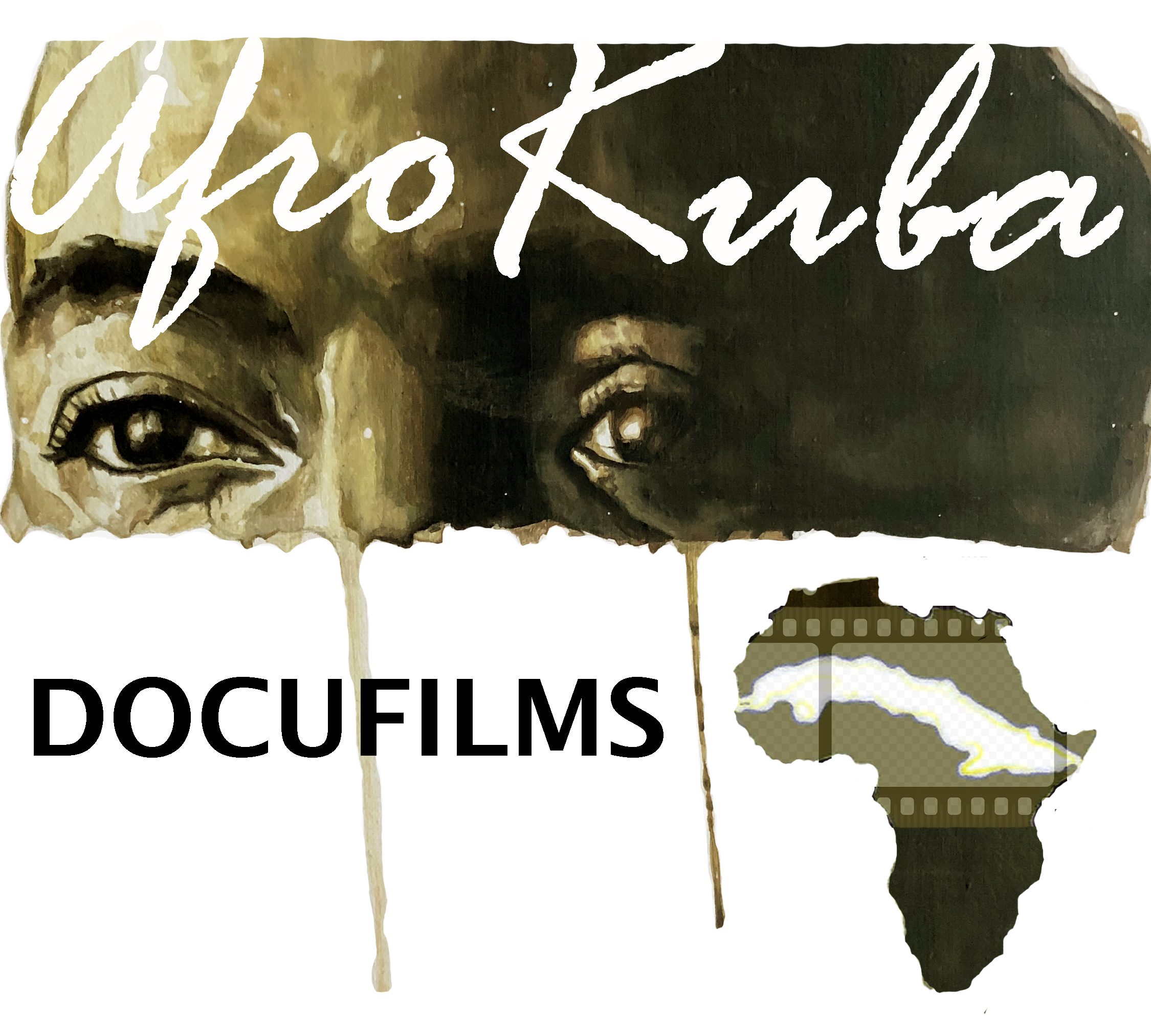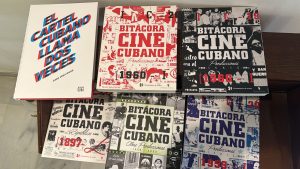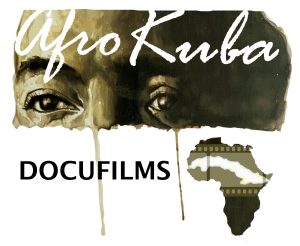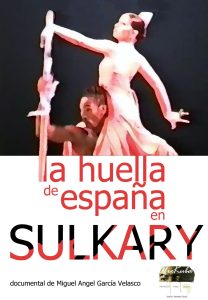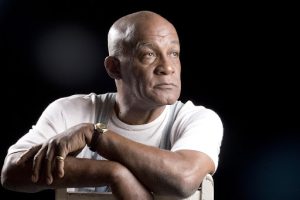Martinez is Director of the Brooklyn Ballet School. Director of classical training and performance at Ballet Hispanico of New York, faculty member of the Alvin Ailey Professional Program and faculty member of the Harkness Dance Center Joffrey, Concert Group of New York.
Before joining the Ballet Nacional de Cuba (BNC), she was a student of important figures within the company, among them Fernando Alonso, Ramona de Saá, Alicia Alonso and Joaquín Banegas.
I would like to start with a very simple question: who is Caridad Martínez?
I have played many roles. I have been many Charities since I grew up and up to this moment. But I was always very clear about what I wanted: to dance, to express myself... and for many years I had my life guided. I had everything very focused and things happened the way I wanted them to. Then I became interested in teaching, in choreographing and from there I became a regisseur, a rehearsal dancer-still a dancer. to being a rehearsalist -still dancing-, to giving classes. Then I started choreographing.
I ran a company, then I went to live in another country, and I found myself running a school. That wasn't something I focused on, it just happened, and that's what I've been doing. Later I came to live in the United States and also had the opportunity to direct a school here, to have the opportunity to do choreography, to present my work, to meet many people and to understand other artistic concepts, in other words, everything changed me.
Let's go to the genesis: where exactly do you come from, where were you born?
I am from Cayo Hueso, Havana, a neighborhood of many musicians and artists. My father, Rene, was a musician and instruments were rented in the house. That's the neighborhood of Omara Portuondo, Elena Burke, who were friends of my mother Obdulia... That's where I grew up.
In my house the roots of popular music were very deep and my mother also had an inclination towards art, despite being a tobacconist. All this influenced my education. My father was a musician, percussionist of the orchestra "Arcaño y sus Maravillas".

How was your first audition at the Ballet School?
Many people went to that first audition, I remember, at Calzada and D. My teacher tells me that I walked to where they were at a table and said: "Oh, take me, because I want to be an artist!
How old were you?
Ten years. It surprises me now, but then I analyze how people were in my neighborhood: spontaneous, open... that Cuban thing. When you work in other countries you can't be like that. It doesn't always work, you have to be very careful.
So you start your career at the Ballet School, right there at the headquarters of the National Ballet of Cuba?
No, that's where the tests took place. My generation studied in boarding school, in Cubanacán, which is the School of Arts. So I grew up listening to actors, musicians, painters... It was the time of an exchange, of course, one is not aware of any of that, one is living it; but later I realized how much growing up with them helped me in my general culture. At the Escuela Nacional de Arte they took us to see the performances of Danza Moderna. They took us to concerts, to screenings. They would discuss Italian Neorealism... It was a tremendous experience.
My generation was that of Ofelia, Amparo, Charín, Esquivel, Pablo Moré, among others. And teachers like Fernando Alonso, Joaquín Banegas and Ramona de Saá. Mirtha Plá was my first teacher. But the teachers who were very close to me, from second grade until I graduated, were Joaquín Banegas, Fernando Alonso and Ramona de Saá.

How is student life with them?
Wonderful. Enviable. When I see now what Fernando Alonso did, creating and developing that methodology. Then to see Joaquín Banegas absorbing all that... They were very young, they were teaching and learning at the same time; but they did everything with a tremendous dedication and devotion to teaching. That is the result: a couple of consecutive generations where we all became members of the ballet, soloists or leading figures. The idea was advocated that we had to dance to help accelerate our process as dancers. And then, very early on, we started to participate in the National Ballet performances doing small roles, the court roles, mostly. But, in short, we had incredible teachers.

How do you move into your first major role in your life as a dancer?
In school I played the soloist, yes, it was a variation of "Don Quixote". Later, whenever there were stagings, I was one of the soloists. But what I remember, something that, boom, threw me, was the role of Fanny Cerrito in the Pas de Quatre.
Someone got hurt-I don't remember who-and they called me, they told me I had two days to dance it; and Laura Alonso prepared me. It was a success, really. I didn't know the specifics, but I really wanted to dance it. Laura prepared me very well, in detail, because everything had a meaning, every movement. Laura looked for my relationship with the piece, she created a story for me, my relationship with the audience, with the space, with the light.
I remember that they applauded me a lot and the next day, in class, Fernando, who knew me since I was a little girl, looked at me as if I was something... I will never forget that; he looked at me and looked at me. I think he was surprised by that result and told me: "Yesterday you finished very well, Caridad, very well".

And the day you arrived, shall we say, on the scene?
The first thing was when they told me that I was going to compete at the Varna Festival (Bulgaria). Alberto Méndez staged "Plásmasis" and Joaquín took my rehearsals. There is another teacher who had a great impact on my career: José Parés. I started to learn the pas de deux of "Don Quixote", "La Fille Mal Gardée", and I danced "Las Llamas de París". That had never been danced in Cuba and Azari Plisetsky put it together for me. Now all the kids play roles, normal, because everybody goes to competition and from a very young age they start doing that. But in our time it wasn't like that. You had to be a first figure to be able to do it.
"Plasmasis" was a tremendous success.
Who did you dance with?
With Lázaro Carreño. It was very successful. When we finished dancing, Arnold Haskell came to congratulate us. He said that it had been tremendous and that our way of interpreting was going to mark a moment in Contemporary Dance, in Contemporary Ballet... And, well, we won. I got an Honorable Mention.
What happened next?
Well, little by little, opportunities followed. I started working with Alberto Alonso: a very good experience. I was lucky enough to experience one of the Grand Prix organized at Les Champs Elysées, in Paris. I was in the corps de ballet of "Swan Lake" and it was awarded.
They were wonderful tours. We danced in the most important theaters in Europe, it was really incredible to have the opportunity to dance in Paris, London, Holland....
There was a very special moment: the first performance of the Ballet Nacional de Cuba at the Metropolitan Opera House. That was something incredible, the audience went crazy. The performances at the Metropolitan were crazy. They were performances from Tuesday to Sunday, with double performances, twice a week, and it was a full house, totally full. Wonderful, and they filled the stage with flowers when the show was over, it was tremendous. We also danced at the Kennedy Center, in Los Angeles?
Do you consider that the ballet Muñecos has been defining in your career as a dancer?
That one was created for Fernando Jhones and they put it together for me. From the first day that was danced it was an incredible job. Rembert Egües, who is the composer of the music, attended the rehearsals daily. When he went to record the music, the four of us went to the studio; so that music was recorded with Fernando Jhones, Alberto Méndez, the choreographer, Rembert, -who had to be there- and me, together.
Rembert played many instruments. The work had to have a unity in the creative process. He had it, very strong, that's why one understood everything.
The impression and what you leave on the audience as an artist cannot be touched by anyone. That is not given by a category, a hierarchy, a name, or a medal. That is something that people leave with for life. I am very grateful, very grateful to have had the opportunity to transmit something like that to others. I will always be very grateful, because not everyone has the opportunity to get those roles like in "Muñecos"” in which one manages to transmit emotions, so strong, that people do not forget and relate you to them forever.
[rl_gallery id=»2248″]
